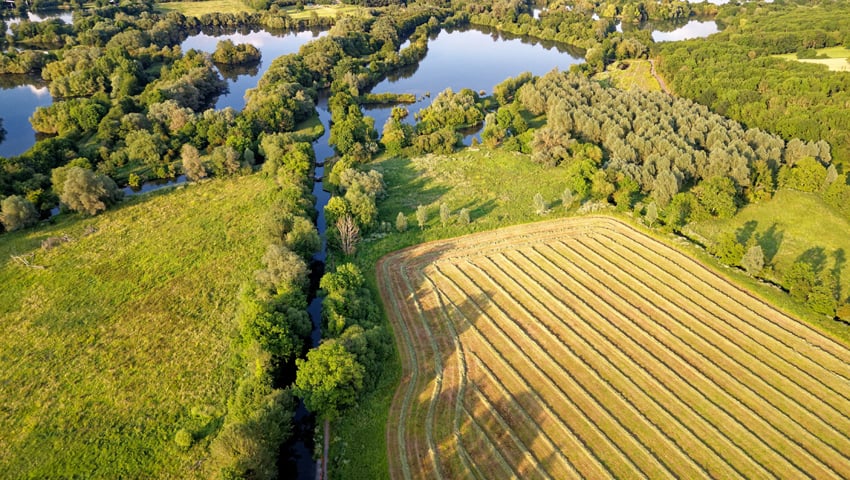This article is by Hermann Kam and David Baldock, co-authors of The Institute of European Environmental Policy’s report, Agri-Environmental Policies in England after Brexit.
Agricultural policies in England are now part way through a far-reaching transition.
With the Defra Secretary of State Steve Reed planning a roadmap for the future of agriculture in England, it is an opportune moment to take stock of the significant changes that have occurred thus far.
An initial perspective on the transformation of agriculture policies in England is offered in the recent report, Agri-Environmental Policies In England After Brexit, commissioned by the EU Delegation to the UK and published recently by the Institute for European Environmental Policy (IEEP) UK. The report captures the development and delivery of key agriculture policies since 2018.
With the post-Brexit era ushering in a new chapter in farming and farm policy in England, there has been a fundamental change in the way in which farmers are being supported. The report delves into the key events and milestones during this period, providing a review of the policies and progress being made under the Agricultural Transition Plan, along with the challenges encountered.
The most fundamental, and perhaps most keenly felt, change is the shift – and since the autumn budget, at an accelerated rate – away from the long-established system of direct payments to farmers that was applied under the CAP, towards a system that prioritises payments for environmental stewardship and sustainable farming practices.
This shift has run in parallel with another key pillar of the transition: the development and roll out of the Environmental Land Management Schemes (ELMs). The suite of new schemes, including the Sustainable Farming Initiative (SFI), incentivise farmers to adopt environmentally beneficial practices, such as enhancing biodiversity, improving water quality, and mitigating climate change, and is intended to provide another stream of revenue for farmers on a scale equivalent to the payment schemes being withdrawn.
The implications of these changes taken together are beginning to take shape. Understanding what the impacts are, how they arise, and what it means for both the farming community and the environment will be crucial for a sector expected to maintain productivity and food supply while delivering on increasingly specific environmental outcomes.
Given this, key aspects of the policy change which will be fundamental to the success of these schemes, especially given the ambition, scale and timeframe being set be the government, are reviewed in this 138-page report.
The report considers the design, objectives, monitoring and evaluation of the schemes now in place, while exploring their initial impacts on farm business, the environment and food security.
It is too early to assess the long-term effects of these changes and the report does not attempt a full evaluation. Nonetheless, it offers a close look at the current state of progress a little over midway through the agricultural transition period; reflecting on some initial achievements and challenges, together with highlighting the distance left to travel to meet environmental, economic and policy targets.
Standing back from the detail, the initial experience of the transition has shown that a major change in agricultural policy aiming to utilise a public money for public goods approach can be achieved in practice. The experience also brings with it lessons worth the attention of a wider international audience.
Read the report, Agri-Environmental Policies in England after Brexit
